Falx, latin for sickle, was the Roman word for this devilish Dacian weapon. Part sword, part polearm, the falx with its forward curving blade was despised by the Legionaries who faced them. Swung with force, the falx sliced into Roman shields, and in a downward swing the tip acted like a pick, striking with fearsome force. Having many helmets punctured and split by this weapon, the Romans added a bar of steel to the brow of their helmets to reinforce them. Some helmets have evidence of these brows being hastily added, likely in the midst of campaign. The falx could, in skilled hands, also be used as a hook to catch a shields edge, and pull it away from its bearer.
Unlike Romes earlier conquests of Gaul and Iberia where a minority of warriors could afford swords, the Dacian lands of modern Romania, were rich in iron and many of its warriors could go into battle with the long falx pole-swords, giving Roman Legionaries a greater challenge.
The effectiveness of the falx forced the Romans to adapt their military equipment. In addition to the aforementioned helmet modification, the Legionaries also had greaves and arm protection added to protect the limbs from being shorn like wheat before the sickle-like falx. Trajans Column, celebrating his conquest of Dacia, is a primary reference for the Dacian Wars, and the Roman Army surely wanted a memorial to celebrate their hard-won efforts subduing the strong Dacian tribes.
This Falx, made in the Czech Republic, has a blade of high carbon steel tempered to a 50-52 HRC. The thick-spined blade has come to us slightly sharpened, but this sharpening job varies randomly on the blade edge from slightly sharpened to moderately sharp and some areas could be termed unsharpened. If you desire a blade that it uniformly sharp, then please select our in-house sharpening option. The grip is formed from two slabs of carved wood, riveted to the thick blade tang.



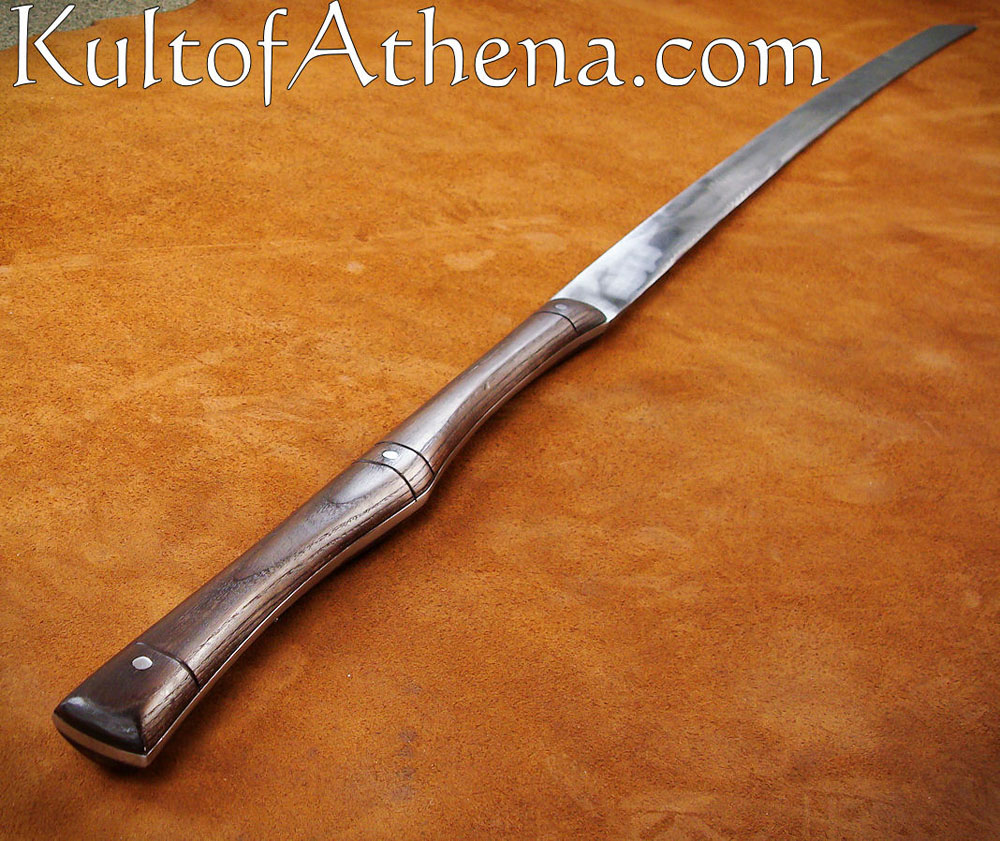

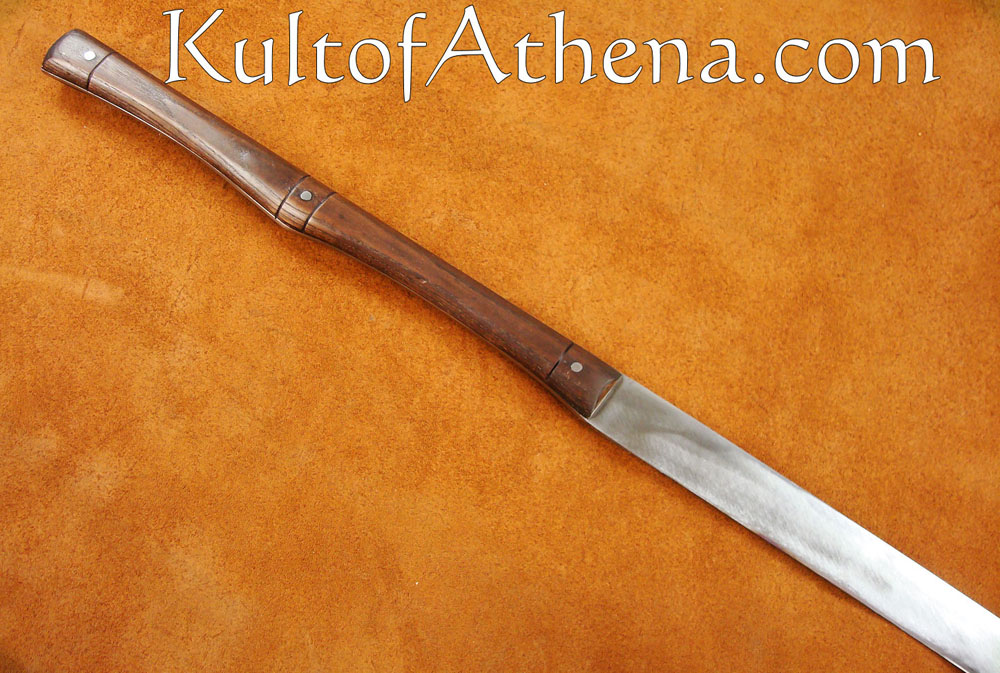
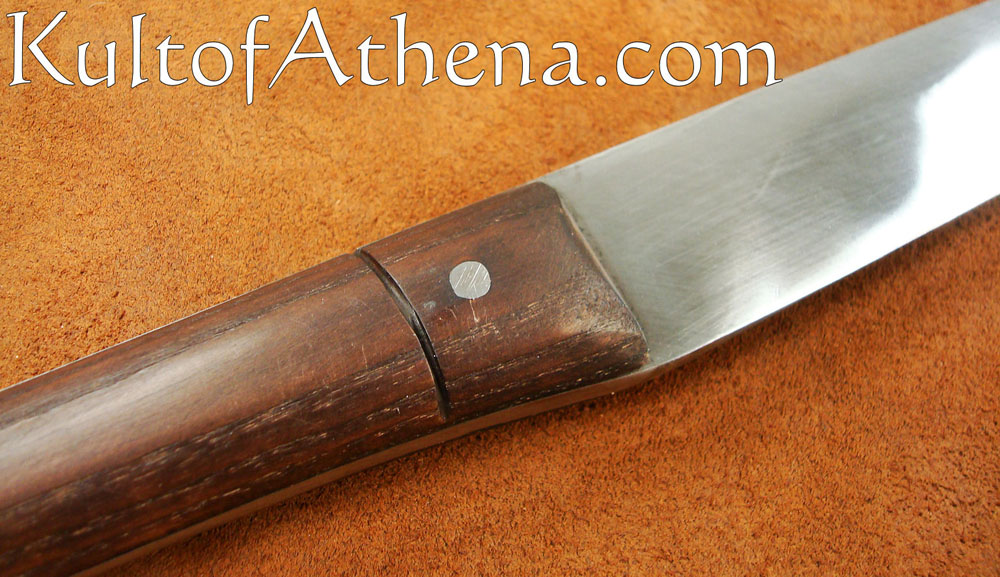
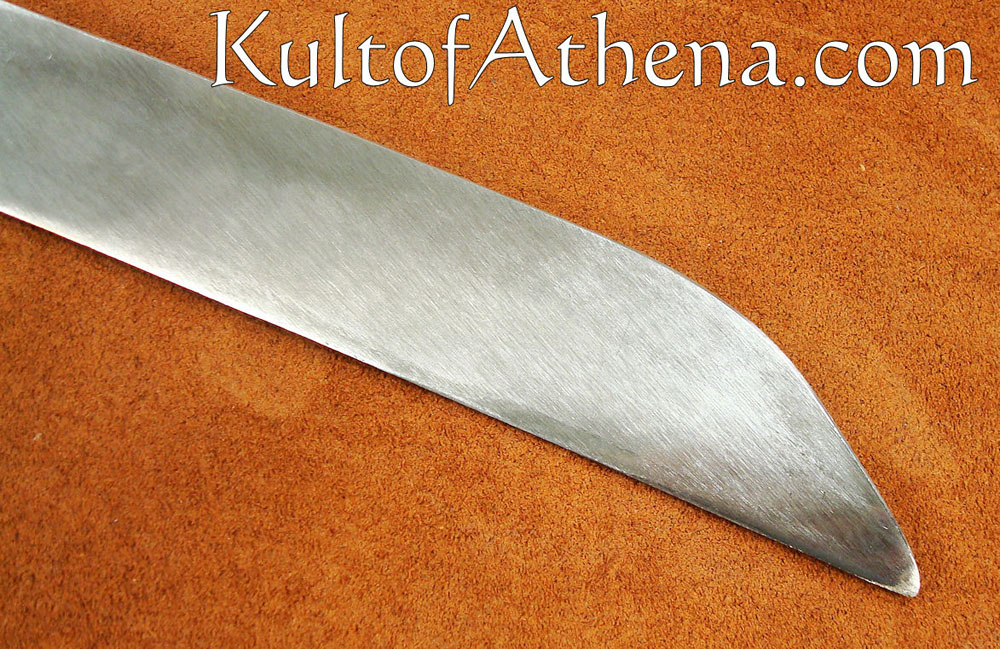
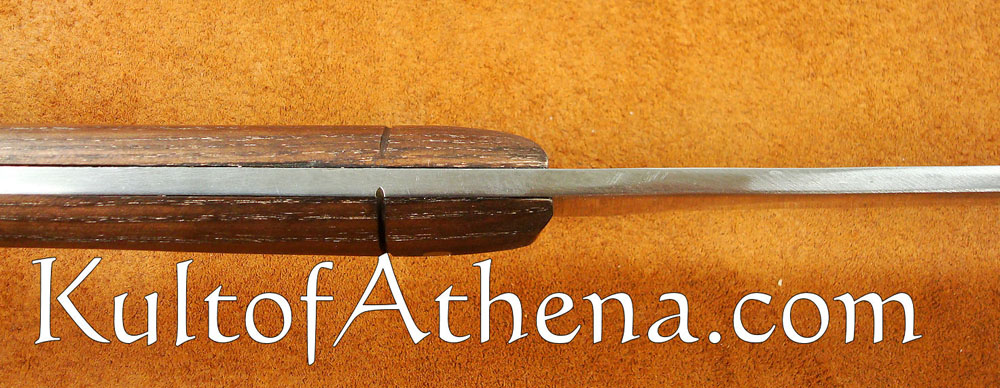
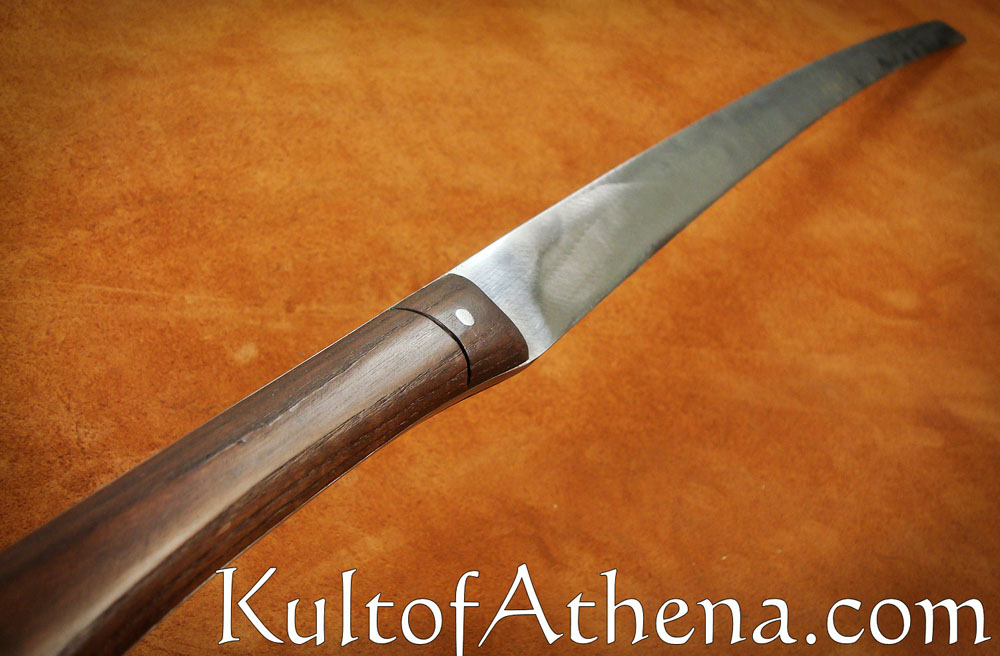

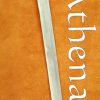

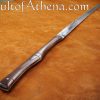
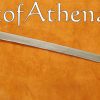

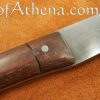
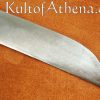



K. L. –
A Thing of Brutal Beauty. Received my Dacian Falx. This thing is a Monster. The blade stock is a bit thinner than I expected, but it’s extremely flexible, and of very high quality. It also make this weapon far lighter than I had expected. Consequently, it moves beautifully. Over all the fit and finish are quite good. The grip slabs rattle a tiny bit when the Falx is swung, but this is to be expected from a pinned slab grip on such a LONG hilt. I have wanted a Falx ever since I first came across the design in an Osprey man at arms book on Romes enemies almost 30 years ago. I am NOT disappointed!! I intend to sharpen it…(It came semi blunt) and do some cutting drills with it. I shall post a follow up once I do.
Jack A. –
Not a falx? From what I have read and seen over the internet, this is not a falx. It is closer to the Thracian Rhomphaia, as the falx had a more hooked blade for getting around shields. This blade is only slightly curved. Also from a youtube review I have seen that the blade may come wobbly, although the reviewer may just have been sent a defective one. From the online images and historical depictions, this does not really seem close enough to even be called a falx though.
Florin –
Îs not a true weapon from Dacian storie